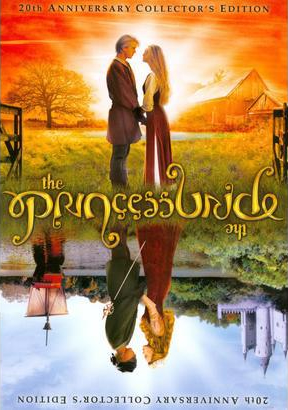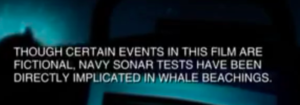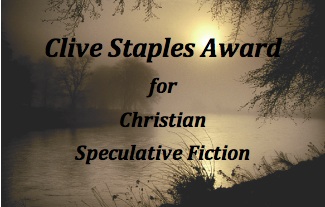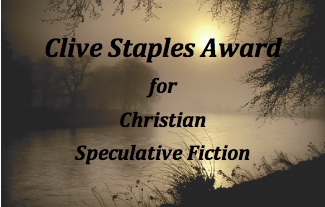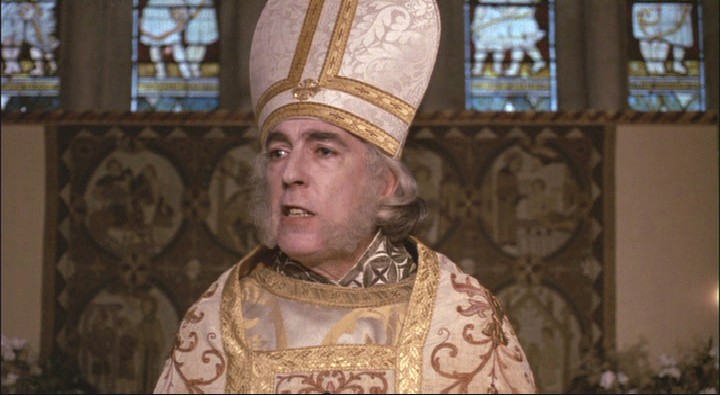Speculative Faith Movie Missions: Intro
Welcome! Today marks the first day of the Speculative Faith Reading Groupâs reboot.1
So far weâve enjoyed going through classic fantasies such as The Lion, the Witch and the Wardrobe and The Hobbit. In doing this we have assumed a few things: that reading a story is not only a personal pursuit, but an act of worship. Itâs something we can enjoy together.
Now weâre moving beyond reading and into film-viewing, for several reasons:
 The first is a sentence like this, from a Christian review of The Hobbit: An Unexpected Journey. âSoon after Gandalf comes to Bilbo, 13 dwarves show up, a biblical number.â If we donât understand movie-watching Biblically, weâll lapse into silliness like that.
The first is a sentence like this, from a Christian review of The Hobbit: An Unexpected Journey. âSoon after Gandalf comes to Bilbo, 13 dwarves show up, a biblical number.â If we donât understand movie-watching Biblically, weâll lapse into silliness like that.- Second, Christian movie reviews often âfocus on the family.â They assume we already know how to watch and enjoy movies as individual Christian adults and as the church.
- Third, Christians have lingering assumptions about why we âuseâ stories in films.
What are those assumptions? Without intent to alliterate, they all start with the letter E:
1. Entertainment
I watch this movie or put it on for my kids because âitâs just a movie,â and (especially if itâs rated G) little in it is harmful. Nothing is wrong with entertainment for us either, and if we can enjoy the movie without doing anything wrong, suggesting otherwise may be legalism.
2. Edification
I watch this movie or put it on for my kids because it teaches one or more moral values. (Some Christian DVDs endorse this by putting âA Lesson in [X]â right on the cover.) When I or my kids are enjoying a movie, we want it to be for the purpose of having Christian behavior reinforced.
3. Evangelism
Movies can be entertaining or edifying, but the best movies include a direct Gospel message. Because we should preach the Gospel, a movie like this may be the most âChristianâ kind of movie. Bonus if the entire âway of the masterâ Gospel is presented, with a call for repentance.
So whatâs wrong with these?
Nothing. Stories in films should certainly be entertaining, edifying, and even evangelistic. (All stories have messages to preach, no matter how much their artists claim otherwise.)
But we may miss out on Godâs joys if they expect stories in movies only to be this way.
Here we must look not to traditions, but to the commands and example of Godâs Story and the many ways in which our Author told His Story (including with fiction!) in His Word.
Two Biblical âgenresâ alone confirm that good stories are about more than these three Es:
- The Psalms are well-written and entertaining, but for the point of extolling Godâs greatness, manâs love for Him and struggles with evil (or Him!), and the goodness or badness of the world. Jesusâs parables are entertaining, but mainly for the points of showing what His Kingdom is like, or what God is like, or even what Hell is like.
- The Psalms are morally edifying, such as when they extol the wonders of Godâs Law, but they are also challenging â such as when the Psalmists pour out their doubts about God, or seem to endorse thoughts of their enemies (and Godâs enemies) being punished. Jesusâs parables are also edifying, such as when He talks about good behavior (e.g., the Good Samaritan). Yet He also uses examples of bad behavior (e.g., the shrewd manager).
- The Psalms may be âevangelisticâ because God is always at their center. But they often show only parts of His character at a time, and for other purposes assume Who He is and what He does, rather than repeating all these truths. Jesusâs parables similarly, and stubbornly, hide the whole truth about Him from all but the most dedicated seekers.
Why then should Christians enjoy stories and movies?
Based on the same reason God created man to do anything, as the confession says:
Manâs chief end is to glorify God, and to enjoy Him forever.
 ⌠We might reword the definition to be about art, stories, movies, or any Thing:
⌠We might reword the definition to be about art, stories, movies, or any Thing:
Storyâs chief end is to help us glorify God, and to enjoy Him forever.
We might flesh this out: With a story we can explore and enjoy the beauty, goodness, and truth of God, people, and His world.
Now for The Princess Bride.2 As you enjoy this comedy/fantasy film, consider: what beauty, goodness, and truth about God, people, and His world do we find? And even if part of the story does not align with Godâs Story, how can we appreciate the good parts by contrast?
- These are my introductory notes for a first real-life movie group at my church, for all ages, opening with viewing and discussion of The Princess Bride. ↩
- Part 2 in the Speculative Faith Movie Missions series should arrive next week. ↩
































